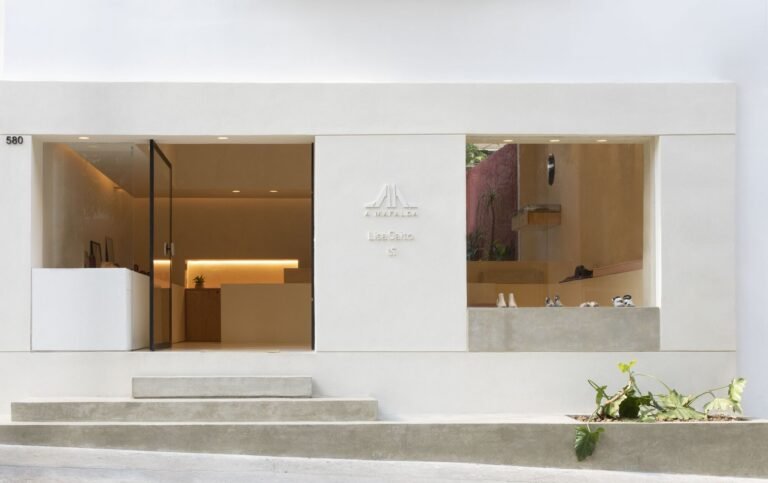Product date model exchange formats
Product date model exchange formats
Data models and product model in architecture Architectural designs are based on several different and different methods. One of these methods is the design of decision-making approaches, which are models of mental and physical visualization and are used in helping the designer to find problems that can stand before him and find solutions to them.
Types of models used in architecture:
1- Intuitive form: It is the model that is used without making any of the plans and there is no one of the sources of information that follows it without the experience of the designer himself and the customer needs that he wants in the design. The architectural design steps in this model are done traditionally and without any pre-existing procedures.
2- Systematic rational model: It is the model that depends on information and data at every stage of the model, whether in collecting, analyzing or classifying it, as data is collected, analyzed and classified in order to produce new creative designs that are compatible with the required architectural designs. In this model, the form of information is changed to initial designs and problems are created that can meet the designer and develop alternatives to them, after which designs are collected after being modified and evaluated in a more comprehensive manner.
3- The shared model: it is an evolving rational model that gives an opportunity to the owner of the building for whom the designs are designed to participate and give his opinions by giving information about his needs and the surrounding environments, and for this model to become more effective, the designer is obligated to collect the views of the owner of the building and the people who will live In it and the knowledge and analysis of their intellectual culture, and through this, designs are developed that are clear and specific to the extent of the development of behavioral, intellectual and functional activity of the nature of the users.
4 – The logical model: This model depends on the exchange between its steps and the architectural design itself, as in the design preparation stage the designer analyzes the information contained in the architectural program and then puts several suggestions for converting the information into initial designs, and in this model the importance of collecting information and data appears in The designer as it helps the designer to make a logical design product.
Architectural designs take place in several stages:
- Collect information and data
- Information and data analysis
- Synthesis of information and data
- The evaluation stage
In order for these stages to complete well, all necessary information and data must be available, which are:
Self-personal information of the designer himself through his intellectual and skill creations and his innovations in developing solutions to the problems he could face.
– Information that the designer must be aware of from the surrounding environments and the place on which the project is designed, and this information is available through architectural programs.
Browse also: Folds or differential relations
The project scheduling phase consists of:
- Review the project budget to match the owner’s budget.
- The stage of collecting site data, whereby at this stage all data and information related to the site are collected through field survey or through topographic and survey maps.
- Examination and investigation At this point, the architectural designer examines all the information he has collected, the site’s specific circumstances and the different funding methods.
- The design approval stage, which is the stage that outlines the beginning of the project design, and this step is the one that shows the owner an initial understanding of his project.
Stages of preparing and designing an architectural project:
- The architectural program, which can be divided into two parts (depicting the design process and project scheduling).
- Initial plans, which are divided into (preliminary suggestions and initial designs).
- The executive drawings, which are divided into four steps, namely (detailed design, preparation of executive information, preparation of bill of quantities, bidding stages).
- Site operations, which are divided into four operations, namely (operating graphics, follow-up of site operations, completion of implementation, feedback).
Follow us on Twitter to stay updated
Give us your opinion on the topic (Product date model exchange formats)







